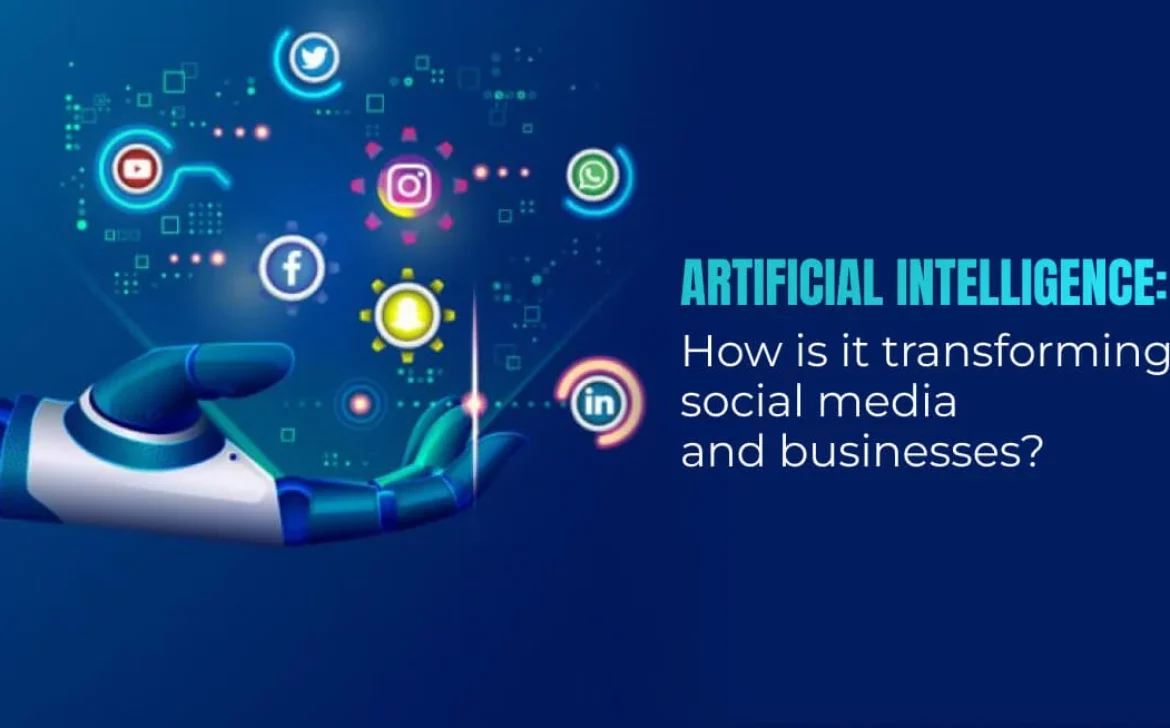Deep Learning Platforms: Empowering AI with Advanced Neural Networks


Exploring Deep Learning Platforms: Building Intelligent Systems with Neural Networks
In the realm of artificial intelligence, deep learning has emerged as a transformative technology that enables machines to learn from data and make intelligent decisions. Deep Learning Platforms play a crucial role in this process by offering a suite of tools and frameworks designed to simplify the development and deployment of deep neural networks. Let’s dive into the fundamental concepts and impactful applications of Deep Learning Platforms.
Understanding Deep Learning Platforms
Deep Learning Platforms are software frameworks that provide a structured environment for designing, training, and deploying deep neural networks. These platforms abstract the complexities of neural network implementation, allowing developers and data scientists to focus on building innovative AI applications.
Neural Networks at the Core
At the heart of Deep Learning Platforms are neural networks—sophisticated mathematical models that mimic the behavior of the human brain’s interconnected neurons. These networks are composed of layers that transform input data into meaningful outputs, enabling tasks such as image classification, speech recognition, and language translation.
Deep Learning Frameworks: Powering Innovation
Deep Learning Platforms encompass a variety of frameworks, each tailored to different tasks and levels of complexity. Popular frameworks like TensorFlow, PyTorch, and Keras provide a rich ecosystem of tools for model creation, training, and optimization. These platforms support both traditional neural network architectures and advanced techniques like convolutional and recurrent networks.
Applications Across Industries
The versatility of Deep Learning Platforms makes them applicable to a wide range of industries. Healthcare professionals utilize deep learning to analyze medical images, while e-commerce companies employ recommendation systems to enhance customer experiences. Autonomous vehicles, finance, and manufacturing also benefit from the power of deep neural networks.
Building and Deploying Models
Deep Learning Platforms simplify the model development process. They offer pre-built layers, activation functions, and optimization algorithms that expedite model creation. Once a model is trained, it can be deployed to various environments, including cloud servers, edge devices, and mobile applications, enabling real-time predictions and analysis.
Challenges and Advances
While Deep Learning Platforms offer incredible capabilities, they come with challenges. Model complexity requires substantial computational resources, and overfitting—where models perform well on training data but poorly on new data—must be mitigated. Researchers and developers continue to advance techniques for regularization, transfer learning, and model interpretability.
The Future of Deep Learning Platforms
The future of Deep Learning Platforms is dynamic and promising. As AI research evolves, platforms will integrate cutting-edge advancements, enabling developers to create more accurate, efficient, and versatile deep neural networks. Increased automation and democratization of AI technology are on the horizon, making deep learning more accessible to a broader audience.

















